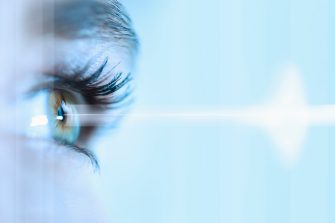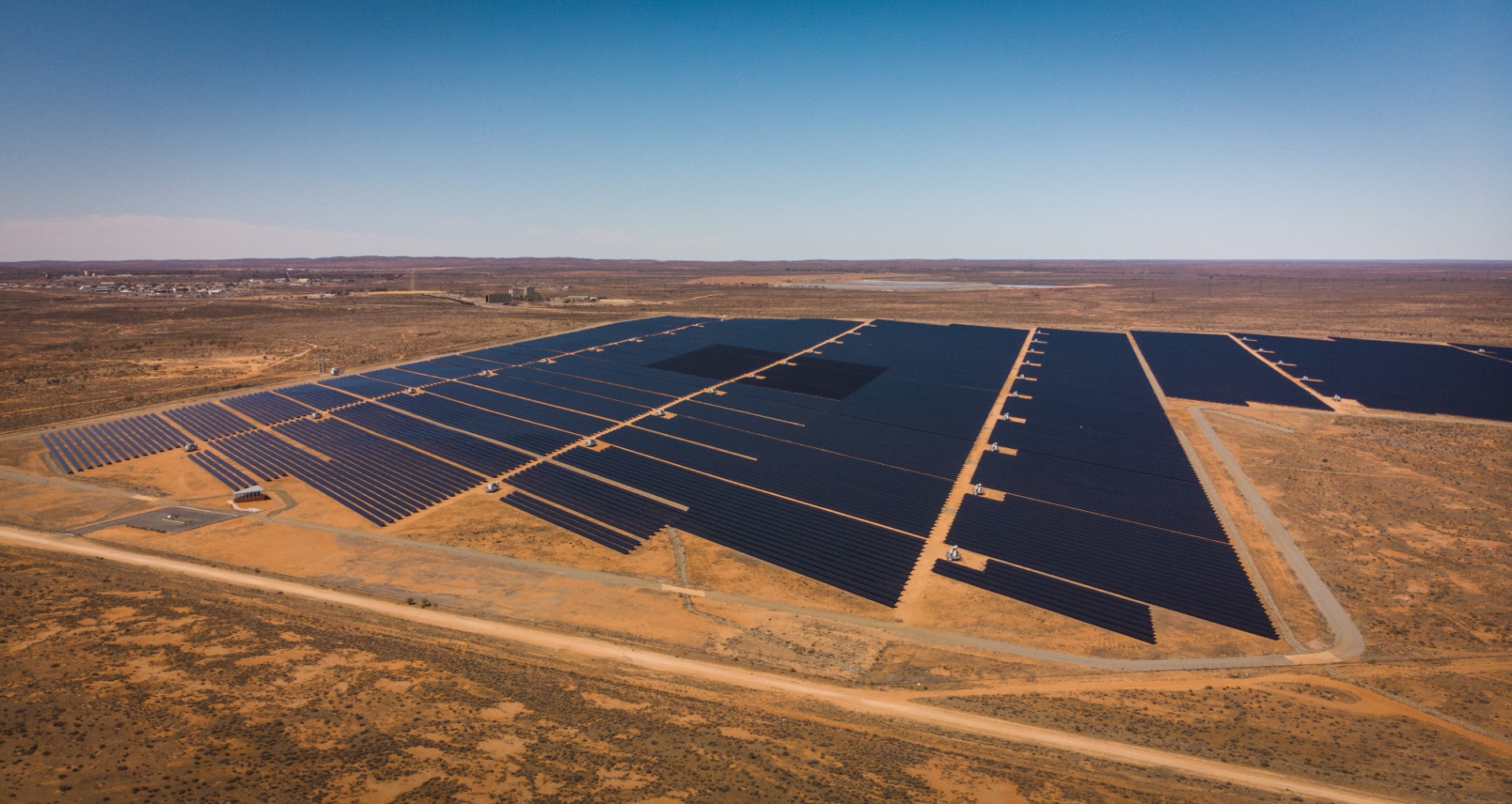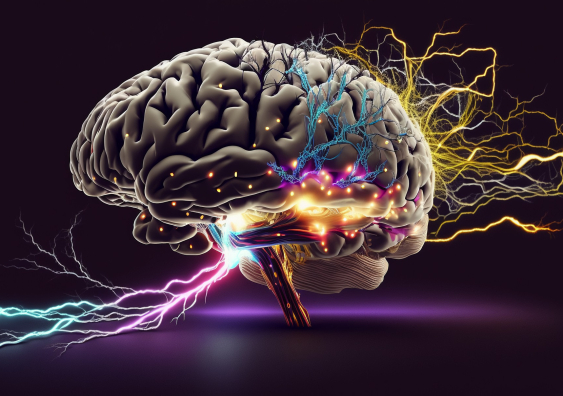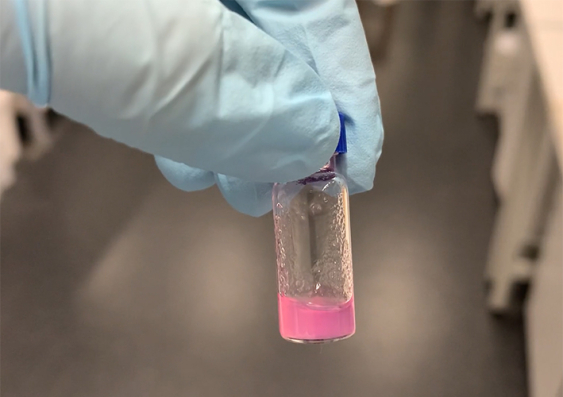Solar panels in your eyeballs? This engineer is looking into it
2024-03-07T09:00:00+11:00

Photo: Getty Images
UNSW engineers are examining ways that solar panels can be implanted in the human retina to restore sight.
Neuroprosthetics – or devices designed to interact with the nervous system to restore lost functionality – is a developing area of research that has the potential to vastly improve quality of life.
One of the best-known examples is the cochlear implant which converts sound into electric signals that directly stimulate the auditory nerve in people with severe hearing loss.
But could the same be done for the human eye to restore vision for people with damaged photoreceptors – the cells responsible for detecting light and colour? A multidisciplinary group of researchers across the globe including engineers, neuroscientists, clinicians and other biotech experts believe it can – but it’s a case of baby steps for now.
UNSW researcher Dr Udo Roemer is an engineer who specialises in photovoltaics, known more commonly as solar panel technology. He is in the early stages of researching how solar technology can be used to convert light entering the eye into electricity, bypassing the damaged photoreceptors to transmit visual information to the brain.
“People with certain diseases like retinitis pigmentosa and age-related macular degeneration slowly lose their eyesight as photoreceptors at the centre of the eye degenerate,” Dr Roemer says.
“It has long been thought that biomedical implants in the retina could stand in for the damaged photoreceptors. One way to do it is to use electrodes to create voltage pulse that may enable people to see a tiny spot.
“There have already been trials with this technology. But the problem with this is they require wires going into the eye, which is a complicated procedure.”
Wireless option
But an alternative idea is to have a tiny solar panel attached to the eyeball that converts light into the electric impulse that the brain uses to create our visual fields. The panel would be naturally self-powered and portable, doing away for the need to have cables and wires into the eye.
Dr Roemer isn’t the first to investigate the use of solar cells assisting in restoring sight. But rather than focus on silicon-based devices, he has turned his attention to other semiconductor materials such gallium arsenide and gallium indium phosphide, mainly because it’s easier to tune the materials’ properties. It’s also used in the solar industry at large to make much more efficient solar panels, although it’s not as cheap as the all-purpose silicon.
“In order to stimulate neurons, you need a higher voltage than what you get from one solar cell,” Dr Roemer says.
“If you imagine photoreceptors being pixels, then we really need three solar cells to create enough voltage to send to the brain. So we’re looking at how we can stack them, one on top of the other, to achieve this.
“With silicon this would have been difficult, that’s why we swapped to gallium arsenide where it’s much easier.”
So how far along is this research? Dr Roemer says it’s in the proof-of-concept stage.
“So far we’ve successfully put two solar cells on top of each other in the lab on a large area – about 1cm2, which has got some good results.”
The next step will be to make them into the tiny pixels required for sight, and etching the grooves to separate them. It will then be a small step to increase the stack to three solar cells.
Dr Roemer envisages by the time this technology will be able to be tested in humans – after extensive testing in the lab, followed by testing in animal models – the device will be about 2mm2 in size with pixels measuring about 50 micrometres (five hundredths of a millimetre). He stresses that it’s still a way down the track before this technology will be implantable in the retinas of people with degenerative eye diseases.
“One thing to note is that even with the efficiencies of stacked solar cells, sunlight alone may not be strong enough to work with these solar cells implanted in the retina,” he says.
“People may have to wear some sort of goggles or smart glasses that work in tandem with the solar cells that are able to amplify the sun signal into the required intensity needed to reliably stimulate neurons in the eye.”




